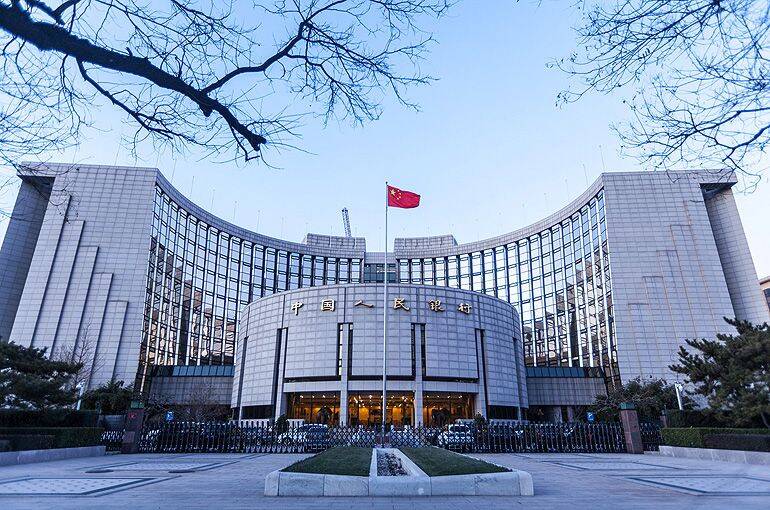 China Keeps Benchmark Loan Prime Rates Unchanged as Banks Still Under Pressure
China Keeps Benchmark Loan Prime Rates Unchanged as Banks Still Under Pressure(Yicai) March 20 -- China’s central bank has left the benchmark loan prime rates unchanged, with banks still under pressure from record low net interest margins.
The People’s Bank of China kept the one-year LPR at 3.45 percent and the five-year LPR, which many lenders use as a mortgage reference rate, at 3.95 percent for this month, the National Interbank Funding Center revealed today.
On March 15, the PBOC injected CNY387 billion (USD53.8 billion) into the financial system through its one-year medium-term lending facility operations and kept the rate unchanged at 2.5 percent.
The PBOC keeping the MLF rate unchanged significantly reduced the possibly of LPR cuts this month, given the need to stabilize the exchange rate and signs that China’s economy is picking up, said Wen Bin, chief economist at China Minsheng Bank.
The PBOC lowered the five-year LPR for the first time in nearly six months on Feb. 20, cutting it by a record 25 basis points amid efforts to prop up the property sector.
The drop led to ultra-low mortgage rates, further increasing the pressure on banks from narrowing net interest margins and affecting the stability of some lenders’ operations, Wen added.
The net interest margin at Chinese commercial banks -- the difference between what they earn in interest on loans and the amount they pay in interest on deposits -- dropped to a record low 1.69 percent at the end of the fourth quarter of last year, down 22 bips from a year earlier and 4 bips on the previous quarter.
This month’s static LPRs at least offer the banking system stability, said Dong Ximiao, chief researcher at CMB-China Unicom Consumption Finance. The real economy’s financing costs are also at a record low, Dong noted, so there is no urgency for further LPR cuts.
The weighted average interest rate on new corporate lending was 3.75 percent in December, down 0.22 percentage point from a year earlier, per PBOC statistics.
The central bank may lower policy rates such as the MLF rate next to guide banks to further reduce the cost of financing to the real economy, Dong predicted. There is still room to trim the reserve requirement ratio, as it is around 7 percent. A RRR cut is still a possible future option for monetary policy, he added.
Editor: Tom Litting